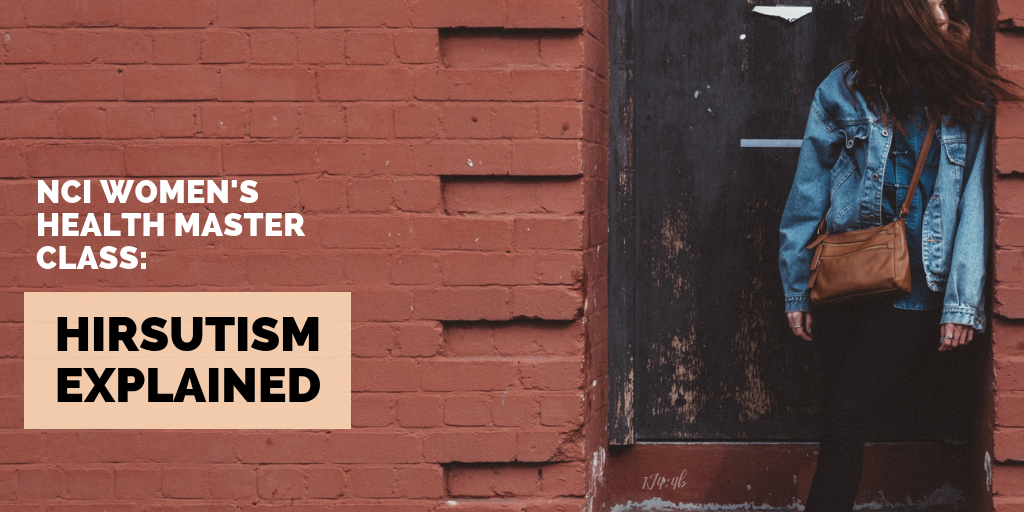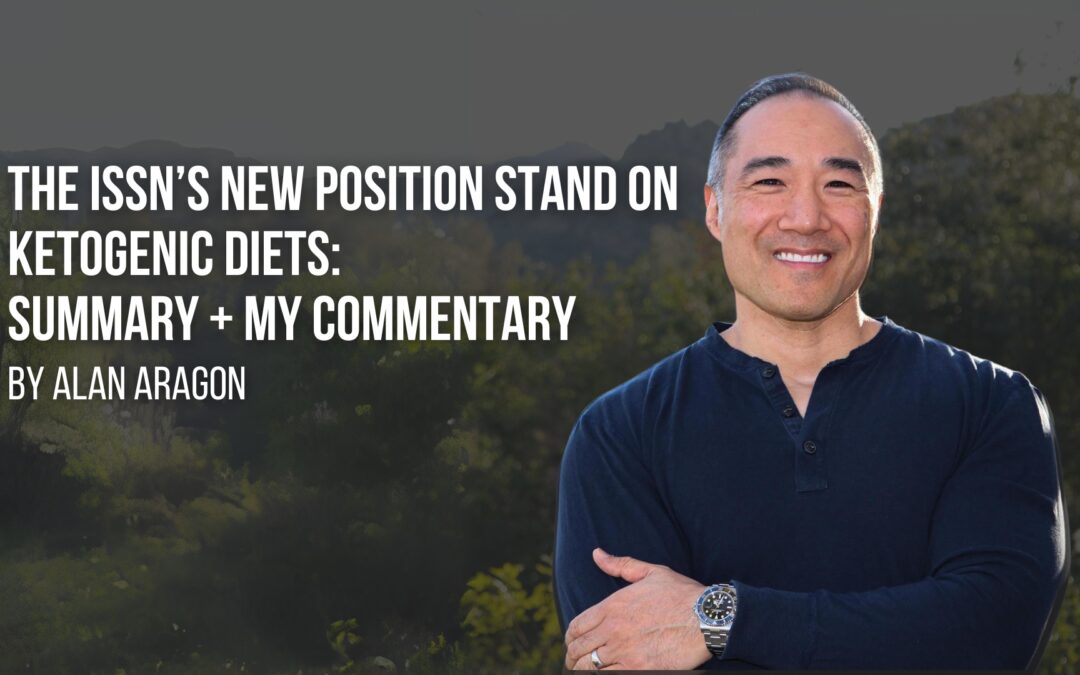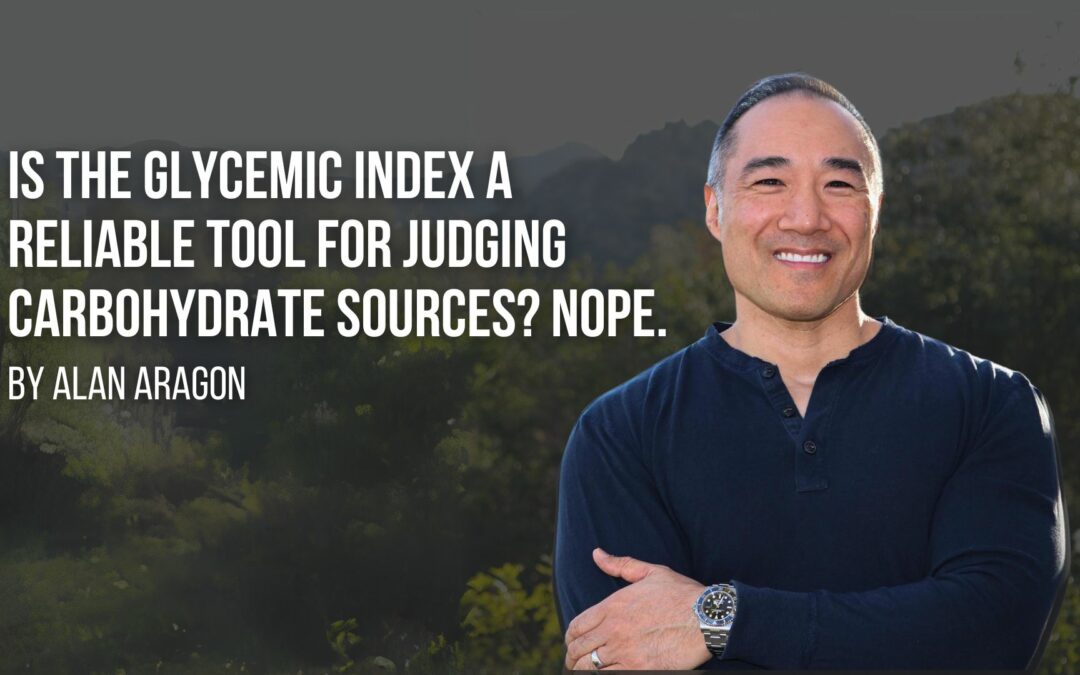Squeeze me… baking powder? How the heck do you even say that?
Hir·sut·ism (her-se-ˌti-zem) is a condition of excessive body hair on parts of the body where hair doesn’t normally grow in women. It is dark, coarse hair growing in places where it normally does for men – chin, chest, nipples, stomach, back, arms, and upper thighs. Incidentally enough, it is actually quite common, affecting around 5-10% of women and an estimation of more than 3 million cases per year in the US alone.
But what’s the big deal? Just a few dark hairs. Nothing a pair of tweezers or a waxing treatment can’t take care of. Well, it may just be idiopathic (no known cause) or it could be a sign of a deeper, root issue.
Hirsutism is mainly caused by hyperandrogenism – which means there is an excess of male hormones called androgens. It can be genetic and inherited, or it could be a part of a syndrome – in this case, either ovarian or adrenal. Hirsutism has always been considered a sign of increased androgen levels in females either by the adrenals or due to an ovarian disease (i.e. PCOS or ovarian tumors). PCOS affects approximately 6% of women and is clinically represented by menstrual dysfunction and hyperandrogenism, excluding other causes. Adrenal causes include Cushing’s syndrome, androgen-producing tumors, and congenital adrenal hyperplasia (inherited disorder in which there is a deficiency of one of the enzymes needed to make specific hormones). See… maybe it’s not just a few dark hairs. Other causes may be certain medications that supply exogenous sources of androgens.
Hyperandrogenism is caused by either increased production OR an increased sensitivity of the hair follicles to circulating androgens (i.e. testosterone). In women normally, the majority of testosterone is secreted by the ovaries and adrenals. Approximately 98-99% of testosterone is bound to something making it biologically inactive. The other 1-2%, being free testosterone, is converted to DHT (dihydrotestosterone) by an enzyme that is present in the outer root sheath of hair follicles. When this enzyme converts free testosterone to DHT it results in longer, thicker hairs. When there are abnormal, unusually high levels of androgens roaming about the body, it results in the excessive growth of unwanted, dark, coarse hairs. It should be noted that the severity of hirsutism is not necessarily directly proportional to the circulating androgen level.
How is hirsutism diagnosed?
As with any condition, the first step is always a complete and thorough examination performed by a health care provider trained in this field. It should include both a history and a physical exam. This helps assess the degree of hirsutism and other problems that are related to give direction in what diagnostic tests need to be run and what the best course of management/treatment may be. Blood tests are used to measure the amount of certain hormones including total testosterone, free testosterone, DHT, DHEA, DHEA-S, LH, FSH, prolactin, SHBG, and 4-point cortisol panel. The primary purpose of laboratory testing is to identify or rule out any serious underlying disorders for hirsutism. Abdominal and pelvic examinations should also be performed by a health care provider to rule out any tumors or masses. Ultrasound imaging may also be performed to assess for ovarian cysts. Taking into consideration your family health history and your current signs/symptoms, it is important to see a health care professional for proper diagnosis.
How is hirsutism treated?
Most commonly the excess hair is removed by either shaving, waxing, tweezing, or laser hair removal. Prescription creams are also available (eflornithine hydrochloride) which can help slow or stop hair growth. In those with PCOS, weight loss has shown to reduce symptoms. Medications, such as hormonal birth control to help lower androgens or antiandrogens that directly lower androgens in the hair follicles, are prescribed. Women should work with a health care provider to choose the best pharmacological treatment.
Nutritionally, there are some supplements that have shown anti-androgenic properties that could improve the symptoms of hirsutism:
- Zinc can improve symptoms of hirsutism, acne and hair loss. How? Zinc is a mineral that is a part of hair follicles it plays a role in inhibiting hair loss while stimulating hair growth. Zinc has also been shown to improve ovarian function although the exact physiological mechanism is not known. Multiple studies have shown zinc to significantly reduce hirsutism. Zinc can also help with PCOS, reduce symptoms of PMS, increase fertility, minimize hair loss, clear acne, reduce inflammation, and lower insulin levels. Supplementing with 30mg to 50mg daily with food for at least 2 months has shown to be therapeutic. Look for zinc citrate or picolinate.
- DIM (diindolylmethane) is a phytochemical derived from the Brassica family of vegetables (e.g. broccoli, kale, cauliflower) that has been shown to be effective for hirsutism. It works by having potent effects on estrogen metabolism and keeps estrogen levels relatively balanced. 100mg per day has been shown to be an effective treatment for both hirsutism and acne. Supplementing too much for too long can actually have the opposite, unwanted effect of decreasing estrogen levels.
- Reishi mushroom possesses multiple mechanisms in which it exerts anti-androgenic effects. This may influence and reduce the effects of androgens independent of circulating testosterone. The standard dose depends on the form of the supplement. The basic extract is dehydrated mushroom powder. Studies show dosages between 1500mg to 5000mg per day to be effective in producing anti-androgenic effects.
Be patient in whatever treatment option you choose. Treating hirsutism takes a very long time to see any improvement. It can take up to 12 months before seeing results. It is also important to look at the benefits of proper sleep, a healthy, balanced diet, stress reduction, and exercise and how they all improve hormone function and production.
References:
- Briden L. The 7 Best Natural Anti-Androgen Supplements for Hirsutism (Facial Hair). https://www.larabriden.com/best-natural-anti-androgen-treatments-hirsutism/. Published May 26, 2017.
- Grassi A. What Does Zinc Have to Do with PCOS? A Lot! http://www.pcosnutrition.com/zinc-for-pcos/. Published July 3, 2017.
- Hirsutism. Female Pelvic Medicine and Reconstructive Surgery. http://obgyn.ucla.edu/hirsutism. Accessed January 29, 2019.
- Hunter MH, Carek PJ. Evaluation and Treatment of Women with Hirsutism. American Family Physician. 2003;67(12):2565-2572. https://hscj.ufl.edu/obgyn/docs/hirsutism.pdf.
- McCulloch F. PCOS Treating Adrenal Androgen Excess. https://ndnr.com/womens-health/pcos-treating-adrenal-androgen-excess/. Published August 31, 2015.
- Sachdeva S. HIRSUTISM: EVALUATION AND TREATMENT. Indian Journal of Dermatology. 2010;55(1):3-7. doi:10.4103/0019-5154.60342





